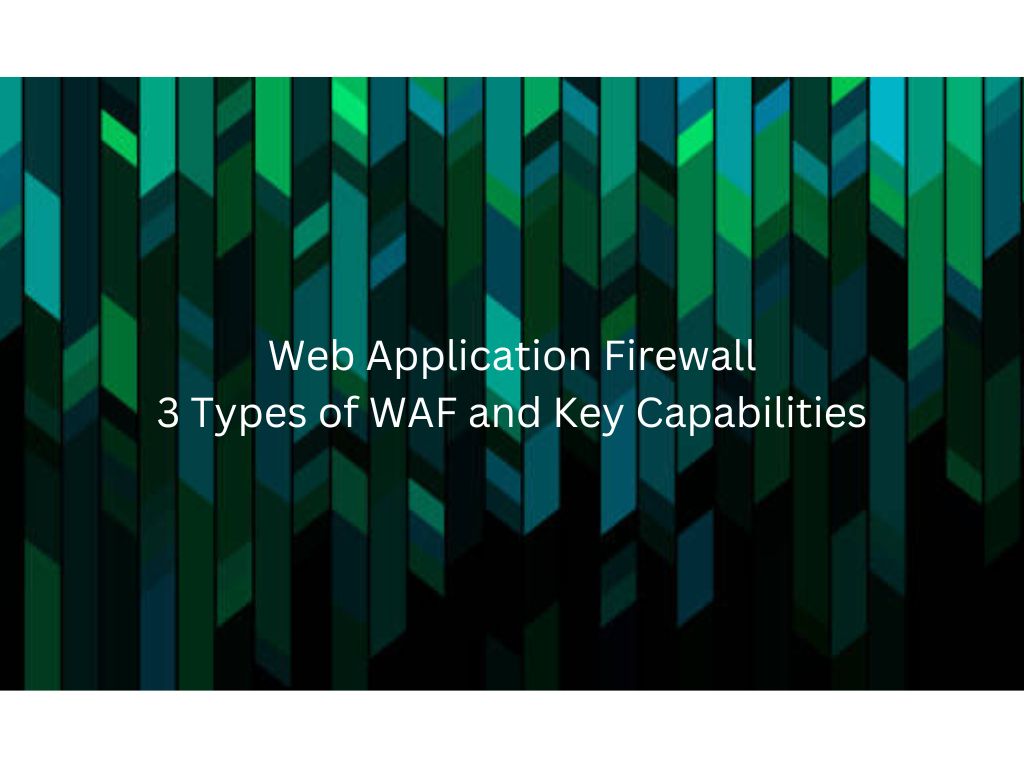In a world where web applications are the backbone of our digital interactions, ensuring their security is paramount. Cyberattacks continue to evolve, becoming more sophisticated and dangerous. To safeguard your applications and sensitive data, it’s essential to level up your security measures. One potent tool in your cybersecurity arsenal is the Web Application Firewall (WAF). In this blog post, we’ll explore how a WAF can take your application security to the next level.
What is a Web Application Firewall (WAF)?
A Web Application Firewall, or WAF, is a security solution designed to protect web applications from a wide range of threats, including but not limited to SQL injection, cross-site scripting (XSS), and data breaches. WAFs act as a protective shield between your web application and potential attackers, filtering incoming traffic to allow only legitimate requests to pass through.
How Does a WAF Level Up Your Application Security? Threat Detection and Prevention:
- WAFs are equipped with sophisticated threat detection mechanisms that can identify and block malicious traffic in real-time.
- They can recognize patterns and signatures associated with known attack vectors, helping to mitigate attacks before they reach your application.
Granular Access Control:
- WAFs allow you to define and enforce fine-grained access control policies.
- You can restrict access to specific resources, endpoints, or user groups, minimizing the attack surface.
Automatic Traffic Analysis:
- Modern WAFs employ machine learning and behavioral analysis to detect anomalies in your application’s traffic.
- This proactive approach helps identify new and emerging threats.
Logging and Auditing:
- WAFs provide detailed logs and reports, enabling you to monitor and audit traffic and security events.
- These logs are invaluable for compliance requirements and post-incident analysis.
Scalability and Performance:
- Cloud-based WAF solutions can seamlessly scale to handle traffic spikes, ensuring uninterrupted service.
- WAFs are designed to minimize latency and performance impact on your web applications.
WAF Implementation Best Practices:
To maximize the benefits of a Web Application Firewall, consider the following best practices:
- Regularly update and fine-tune WAF rules to adapt to evolving threats.
- Monitor WAF logs and alerts to respond swiftly to security incidents.
- Conduct penetration testing to identify vulnerabilities that might not be covered by default WAF rules.
- Collaborate with your development team to ensure seamless integration and rule customization.
Conclusion:
A Web Application Firewall is a crucial component of a comprehensive application security strategy. By deploying a WAF, you not only protect your web applications from a wide range of threats but also gain insight into your application’s traffic and potential vulnerabilities. As cyber threats continue to evolve, it’s essential to level up your application security, and a WAF is a powerful tool to help you achieve that goal. Don’t wait until an attack occurs—take proactive steps to safeguard your web applications and data today.




